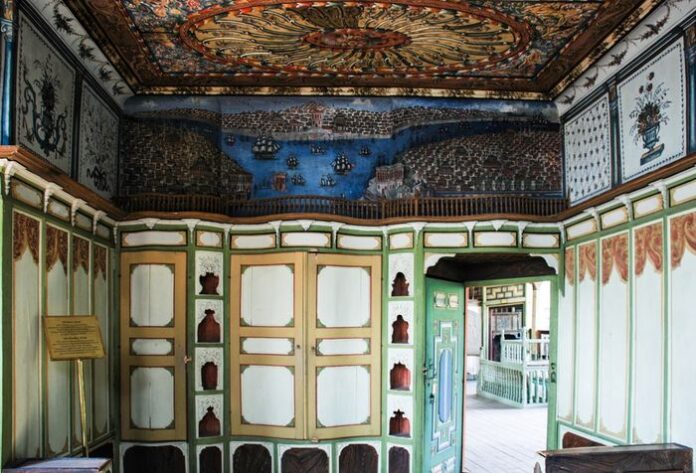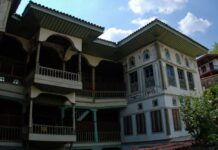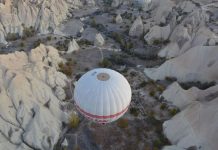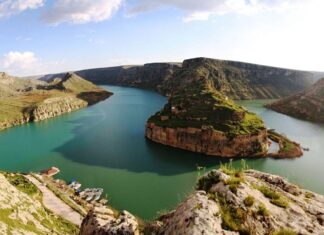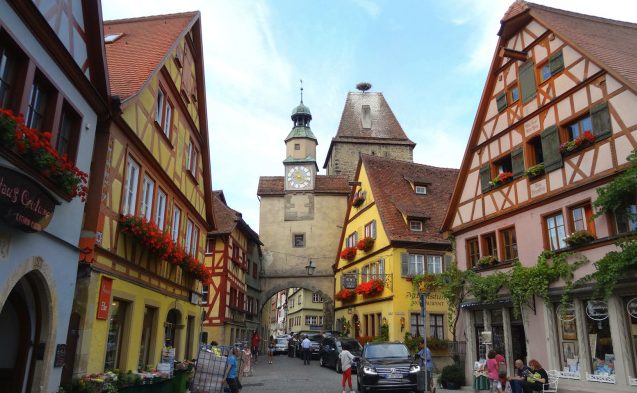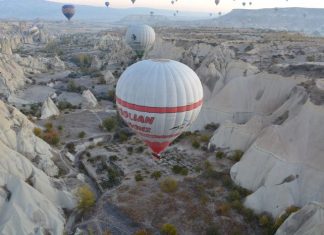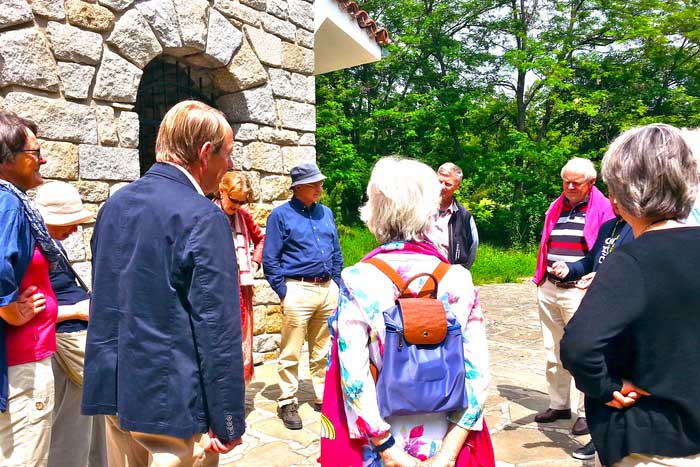The inscription on the Golden Gate (Porta Aurea) is very important because it provides historical clues about the gate’s origin and purpose. The inscription mentions that the monument was built after the fall of a tyrant (post fata tyranni), which helps us understand when and why it was constructed The Mystery of the Golden Gate Inscription.
Was the Gate Built During the Time of Theodosius II?
At first, many people thought the Porta Aurea was built during the time of Theodosius II, because it is located in the Theodosian Walls, which were built in 413 AD. If this were true, then the emperor mentioned in the inscription would be Theodosius II.
However, this idea does not make sense. The inscription clearly says the gate was built after the defeat of a usurper, but Theodosius II never had to fight any rebellion or reclaim his throne. His rule was not challenged by a rival emperor, especially not in 413, when the wall was constructed.
Theodosius the Great The Likely Honoree
Historians like Du Cange were the first to suggest a better explanation: the gate was built during the rule of Theodosius the Great (not Theodosius II). Theodosius the Great defeated two major rebellions:
In 388 AD, he defeated Magnus Maximus, who claimed the western throne.
In 394 AD, he crushed another rebellion by Eugenius.
However, Theodosius died just four months after defeating Eugenius, and he never returned to Constantinople after that victory. So, the gate could not have been built to celebrate that later success Private Tour Guide Ephesus.
Built to Celebrate Victory Over Maximus
This means the Golden Gate was built between 388 and 391, to celebrate the defeat of Maximus. Theodosius saw this as a great achievement. He even held a triumphal parade in Rome in 389, and later returned to Constantinople for another victory celebration in 391.
So, the Golden Gate was originally a Triumphal Arch, just like those built in ancient Rome. It honored the emperor’s return after his successful war in the West. The gate stood as a symbol of imperial strength and victory.
A Lasting Memorial to Imperial Glory
This monument joined other great memorials in the city:
The Column of Theodosius in the Forum of Taurus
The Column of Arcadius in the Forum on the Xerolophus
The Obelisk of Theodosius in the Hippodrome
Together, these monuments were designed to keep the memory of Theodosius the Great alive, showing his victories and contributions to the empire for future generations.
